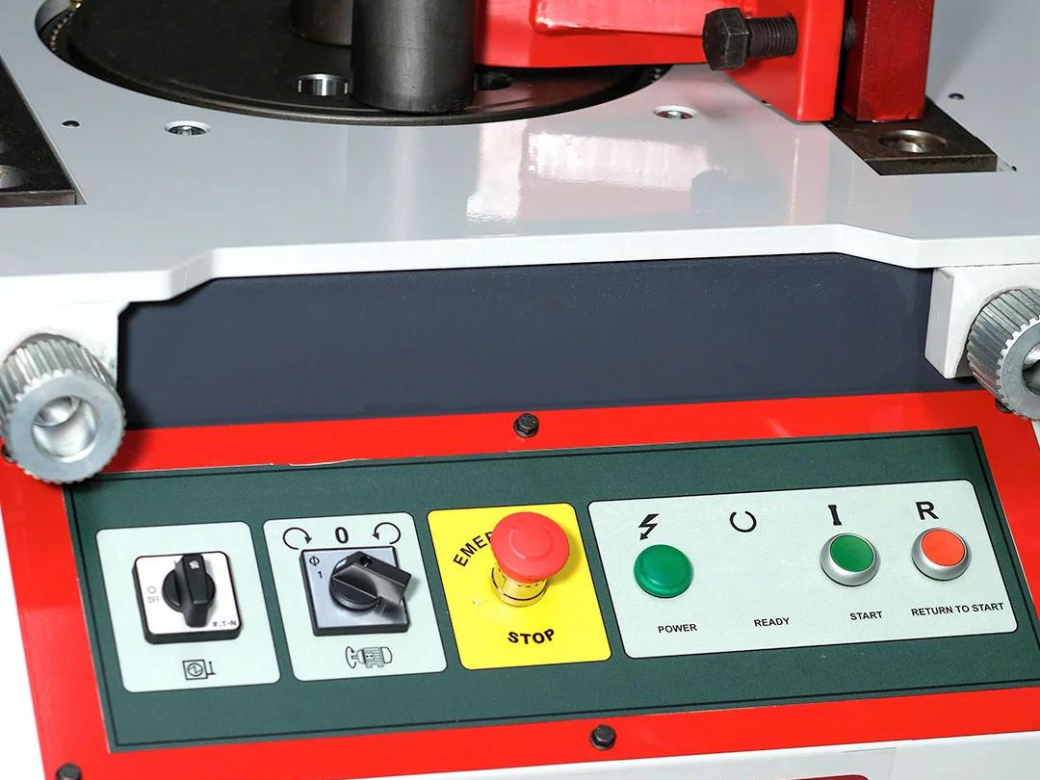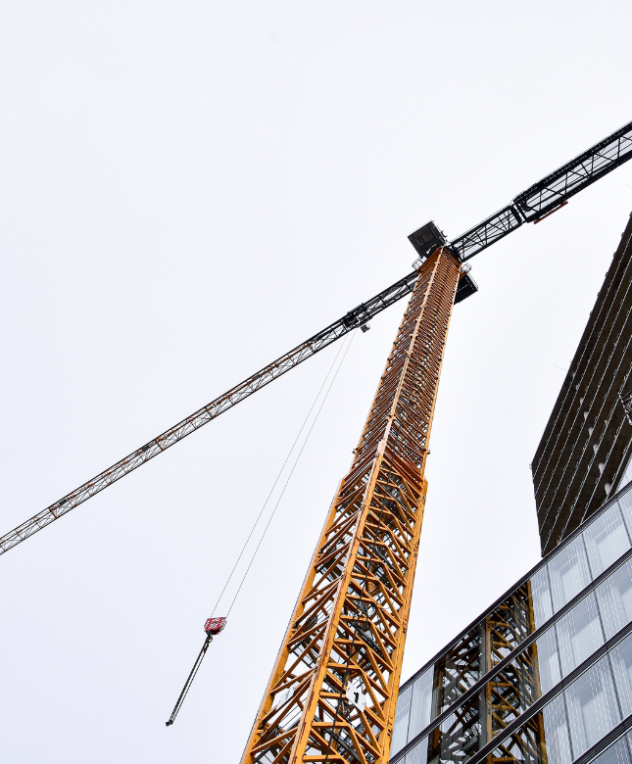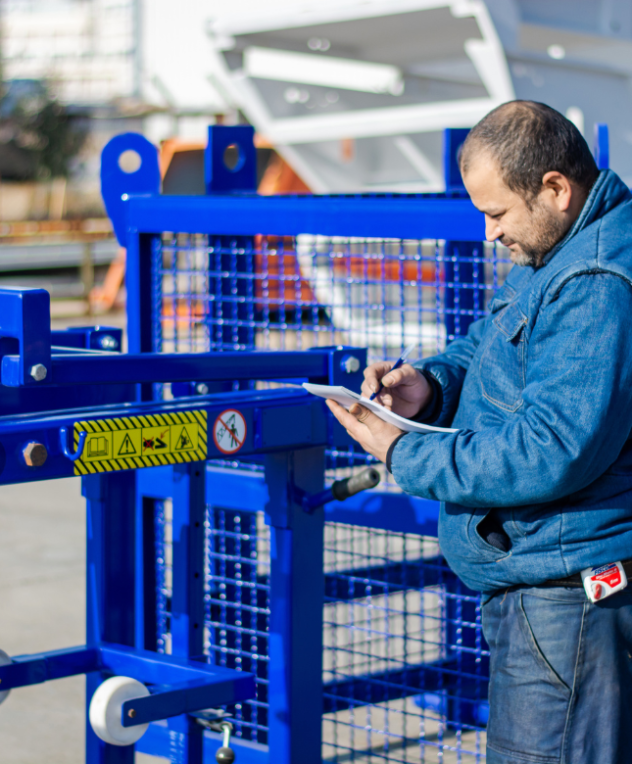
How Works Bending Machine?
How Works Bending Machine?
Understanding how a bending machine operates can provide valuable insight into its functionality and applications. Bending machines, utilized across various industries, are designed to bend and shape metal and other materials with precision and efficiency.
Table of Contents
- Introduction
- Basic Principles
- Types of Bending Machines
- Key Components
- Operating Procedure
- Conclusion
Introduction
Bending machines are essential tools in metalworking, enabling the formation of precise angles and curves in metal sheets and bars. These machines operate through mechanical, hydraulic, or electric mechanisms to achieve the desired bends.
Basic Principles
At the core of a bending machine’s operation is the application of force to bend a material. This force can be applied manually, hydraulically, or electrically. The material is positioned between a die and a punch, and force is exerted to shape the material into the desired form.
Types of Bending Machines
Bending machines come in various types, each suited for specific tasks and materials:
- Manual Bending Machines
These are simple, hand-operated machines suitable for light-duty tasks. They are typically used for small-scale projects and thin materials.
- Hydraulic Bending Machines
These machines use hydraulic cylinders to apply force, making them powerful and capable of bending thicker materials. They are common in medium to large-scale operations.
- CNC Bending Machines
Computer Numerical Control (CNC) machines are automated and highly precise, ideal for complex and repetitive bending tasks in industrial settings.
- Electric Bending Machines
Electric benders use motors to drive the bending process, offering a balance between manual and hydraulic machines in terms of power and precision.
Key Components
Regardless of the type, bending machines share several key components:
- Frame
The sturdy base that supports all other components.
- Die and Punch
The die provides the shape for the bend, while the punch applies force to the material, pressing it into the die.
- Bending Arm
A lever or arm that applies force to bend the material, typically found in manual and hydraulic machines.
- Control System
For CNC machines, this includes the computer and software that control the bending process. For manual and hydraulic machines, it may include levers and hydraulic controls.
- Clamping Mechanism
Holds the material securely in place during the bending process.
Operating Procedure
The operation of a bending machine involves several steps, which can vary slightly depending on the type of machine:

- Setup
- Select and install the appropriate die and punch for the desired bend.
- Adjust the machine settings based on the material type and thickness.
- Positioning the Material
- Place the material between the die and punch.
- Secure it using the clamping mechanism.
- Bending Process
- For manual machines, pull the bending arm to apply force.
- For hydraulic machines, activate the hydraulic system to press the punch into the die.
- For CNC machines, program the desired bend into the control system and start the automated process.
- Final Adjustments
- Check the bend for accuracy.
- Make any necessary adjustments to achieve the desired result.
Conclusion
Bending machines are versatile tools that enable precise shaping of materials through various mechanisms. Understanding their basic principles, types, and key components can help in selecting and operating the right machine for specific tasks. Whether it’s a manual, hydraulic, CNC, or electric bender, each type offers unique advantages suited to different applications.






